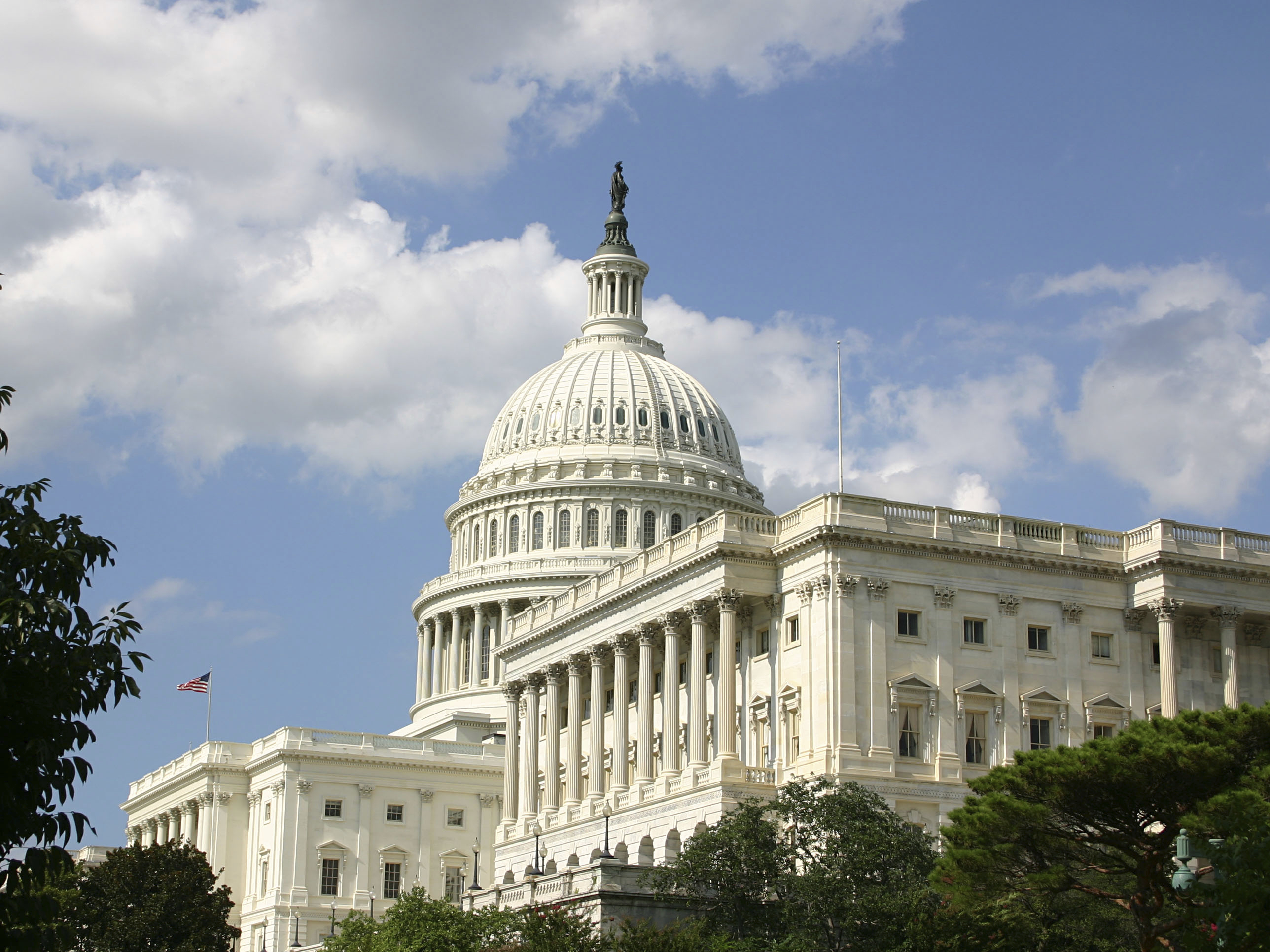Summary of the All-of-the-Above Federal Building Energy Conservation Act

Summary of the All-of-the-Above Federal Building Energy Conservation Act
Senators John Hoeven (R-N.D.) and Joe Manchin (D-W.Va.) introduced S. 1199, the All-Of-The-Above Federal Building Energy Conservation Act of 2013, in June of 2013. The bill strengthens several energy efficiency targets and requirements for federal buildings and also repeals a fossil fuel standard for federal buildings that was enacted in 2007. S. 1199 was referred to the Senate Committee on Energy and Natural Resources.
Summary
Section 2. Energy Performance Requirement for Federal Buildings
Extends current energy efficiency targets for federal buildings to require each agency to reduce the energy intensity of its buildings (energy use per square foot) by 3% each year compared to a 2005 baseline, ending in a 45% reduction by 2020. Authorizes the Department of Energy (DOE) to change the levels for 2018-2020, and to set additional targets through 2025. (Modifies Section 102 of the Energy Policy Act of 2005, as amended by Section 431 of the Energy Independence and Security Act of 2007)
Modifies a current requirement to conduct energy and water audits every four years and track implementation of identified energy-saving measures in large federal buildings:
- More clearly require recommissioning of the buildings on the same schedule (or retrocommissioning or ongoing commissioning);
- Allow buildings to conduct audits every 8 years and recommissioning every 10 years if they are meeting the overall agency targets or have a long-term contract in place to do so, and are meeting disclosure requirements;
- Direct energy managers if they do not implement cost-effective measures to explain why (according to guidelines to be set by DOE);
- Instruct DOE to issue a summary report for each agency because some buildings are exempted from facility-level disclosure; and
- Call upon energy managers to consider using an energy management system under the new ISO 50001 standard.
Section 3. Federal Building Energy Efficiency Performance Standards; Certification System and Level for Green Buildings
Adjusts efficiency standards that currently apply to new federal buildings based on model energy codes:
- Require alterations and additions to federal buildings as well as new federal buildings to meet the most recent model energy codes that have received a positive determination from DOE (currently this would be ASHRAE Standard 90.1-2010 for commercial buildings and the 2012 International Energy Conservation Code (IECC) for residential buildings). They would also be required to meet state and local energy codes if more stringent.
- Require federal buildings with major renovations as well as new federal buildings to be designed to use 30% less energy than a building that just meets the model code unless demonstrated not to be cost-effective (strengthened from current application if cost-effective). DOE would define what major renovations qualify.
Repeals a standard on fossil fuel-generated energy use in new federal buildings and federal buildings with major renovations. Under current law, the standard would require those buildings to achieve progressively larger reductions in fossil fuel use, reaching 100% reduction by 2030. Also makes conforming amendments to green building certification language in the same provision.
The text of S.1199, the All-of-the-Above Federal Building Energy Conservation Act, is available at: https://www.govtrack.us/congress/bills/113/s1020
STAY EMPOWERED
Help the Alliance advocate for policies to use energy more efficiently – supporting job creation, reduced emissions, and lower costs. Contact your member of Congress.
Energy efficiency is smart, nonpartisan, and practical. So are we. Our strength comes from an unparalleled group of Alliance Associates working collaboratively under the Alliance umbrella to pave the way for energy efficiency gains.
The power of efficiency is in your hands. Supporting the Alliance means supporting a vision for using energy more productively to achieve economic growth, a cleaner environment, and greater energy security, affordability, and reliability.



